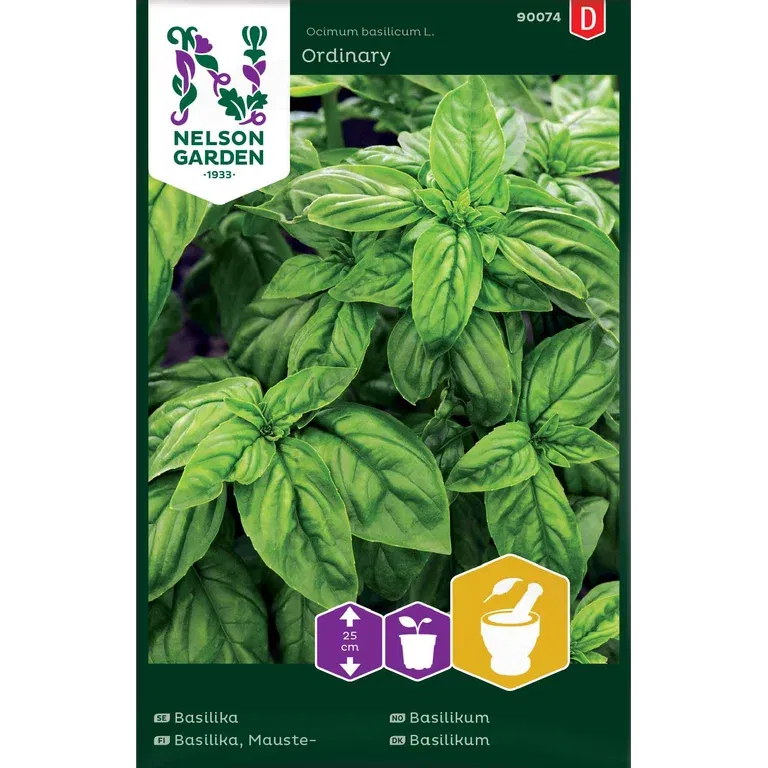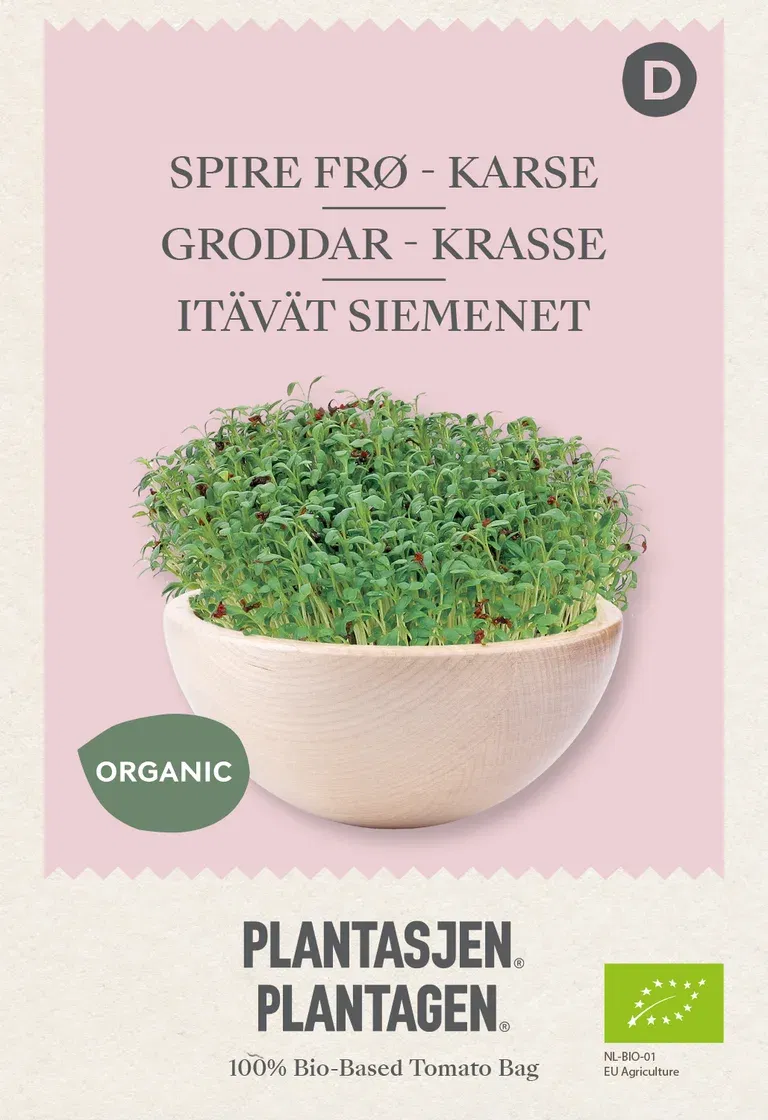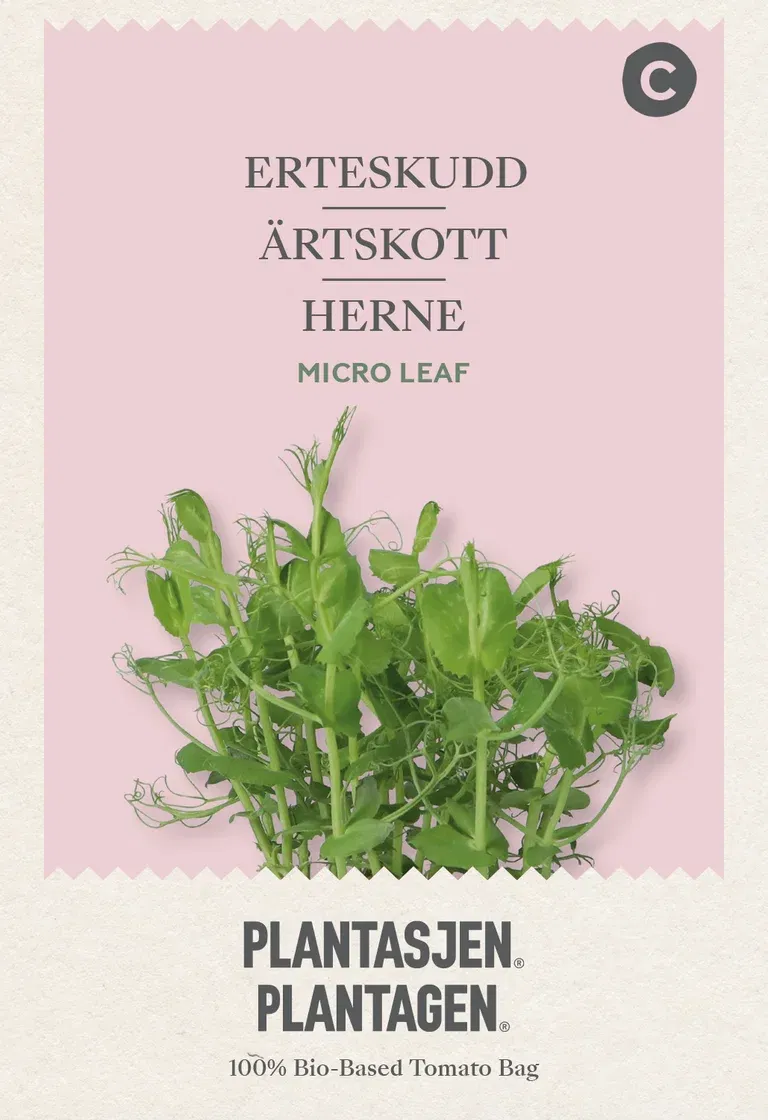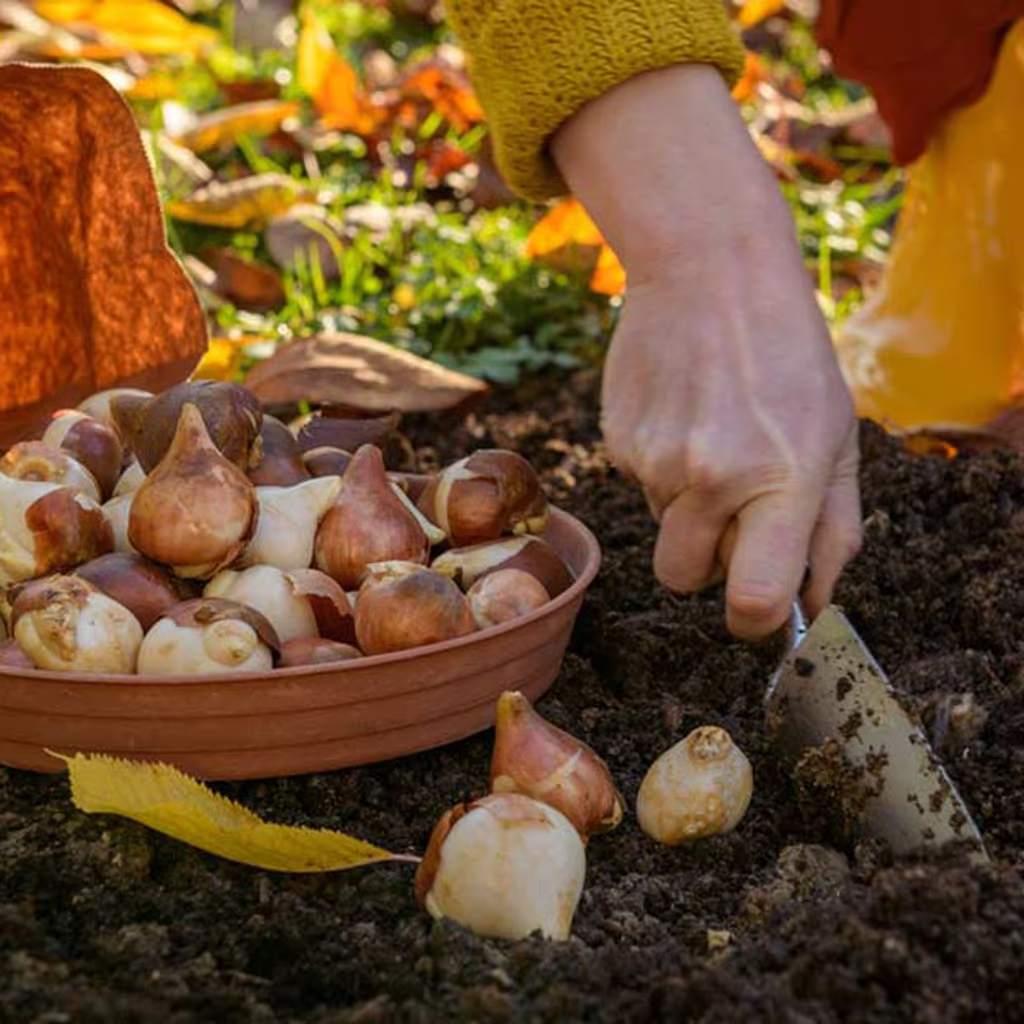November - this is what you can sow and cultivate
Gray or snowy? November can bring different weather, from place to place and year to year. Regardless, there is a lot that can be done in the garden. How about preparing for spring grafting of apple and pear trees, or taking winter cuttings? In addition, in some places you can still harvest seeds, divide perennials, plant new ones, autumn sow or prepare for winter sowing.

SOWING CALENDAR – NOVEMBER
The temperature in November varies considerably depending on where you are in the country. It can be snow-free with plus degrees in one place, while there can be large amounts of snow in another place. Most plants have nevertheless entered winter dormancy, and sensitive summer vegetables and flowers have been killed by frost.
If you live in the mildest areas of the country, along the coast in the south, where frost has not yet arrived, you can still harvest seeds, plant flower bulbs, perennials, shrubs and trees. When the humidity is high and the soil is moist, the plants will get a good start. However, please note that less hardy plants should preferably be planted in spring. Wintergreen plants also thrive best if you put them in the ground in spring.
Create more shrubs and woody plants
November is often a good time to take winter cuttings, i.e. branches from shrubs and woody plants such as goldenrod, willow, honeysuckle, black elder, roses, butterfly bush, blackcurrant or gooseberry. The cuttings are taken when the plant is dormant and has lost its leaves, usually from November to January. By planting the cuttings in soil and caring for them, you can easily get more plants for your garden.
Twigs for grafting
If you are planning to graft apple or pear trees to get different types of fruit on the same tree, you can use November to take strong one-year-old cuttings. These can then be stored in a plastic bag in the refrigerator until spring.
Autumn and winter sowing for early harvest next season
Many seeds can be sown late in the season. However, be careful to choose the right time for sowing. Weather and temperature play a big role here. Most seeds are not intended to germinate until spring, unless they are plants that need a root system before the seedling settles in the ground (for example, certain biennial flowers that can form a rosette of leaves already in the fall).
Winter sowing
If the snow and cold have already arrived and are stable, you can sow both flowers and vegetables. Simply remove the snow and sow directly on the frozen surface of the soil, cover with a layer of soil and wait for spring. Spinach is a fun crop to sow in the winter, and it gives a good harvest in early spring.
Vegetables that can be sown in late autumn or winter
- Summer carrot
- Parsnip
- Oat root
- Black root
- Dill
- Parsley
Flowers for late autumn sowing and winter sowing
More about winter sowing:
Garlic
In many places, now is also the time to plant garlic. The cloves should preferably be planted in the soil a couple of weeks before the onset of frost. Choose large, healthy cloves of so-called seed garlic, and your chances of success will be the best.
Grow indoors
Growing indoors is fun and convenient. However, remember that natural light is rarely sufficient, so artificial lighting is often required to prevent plants from becoming spindly and weak.
Also read:
Plants you can grow indoors
Gardening in November
- Autumn and winter sowing of vegetables and flowers, depending on the temperature.
- If the frost has not yet set in, you can divide, move and plant perennials, roses, shrubs and trees.
- Create new shrubs and woody plants with winter cuttings.
- Take twigs and store them in a plastic bag in the refrigerator for grafting pear and apple trees in the spring.
- Protect frost-sensitive plants with fir needles, ferns or straw. Roses can be covered with sand, leaves or bark compost.
- Bring in tools and outdoor furniture.
- Grow flower bulbs for Christmas, such as amaryllis and clematis.
Read more:
You are here:


















